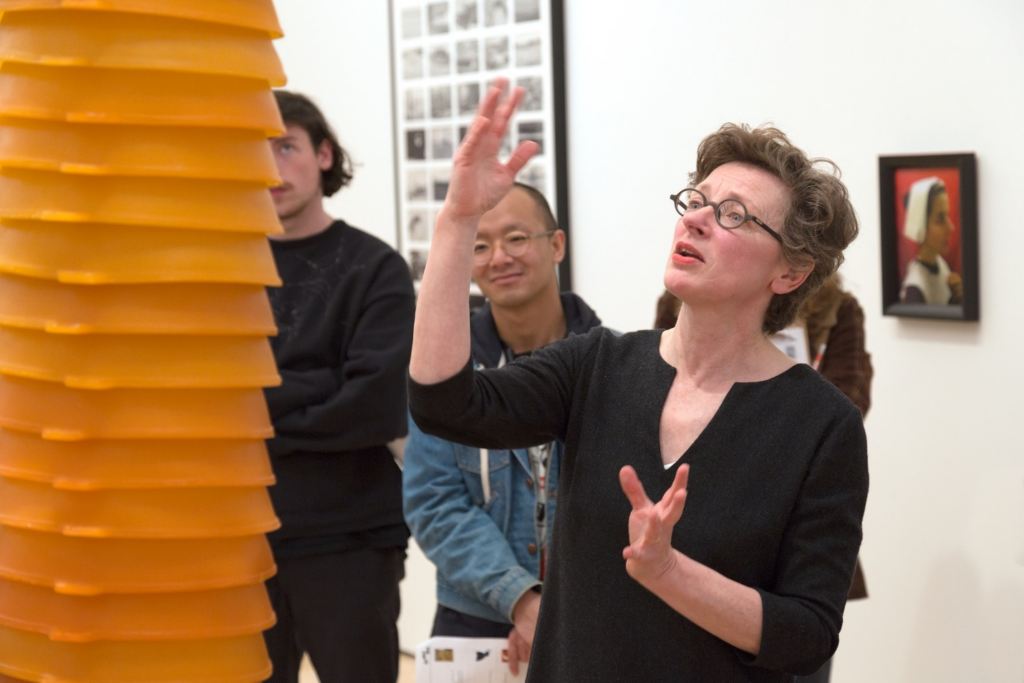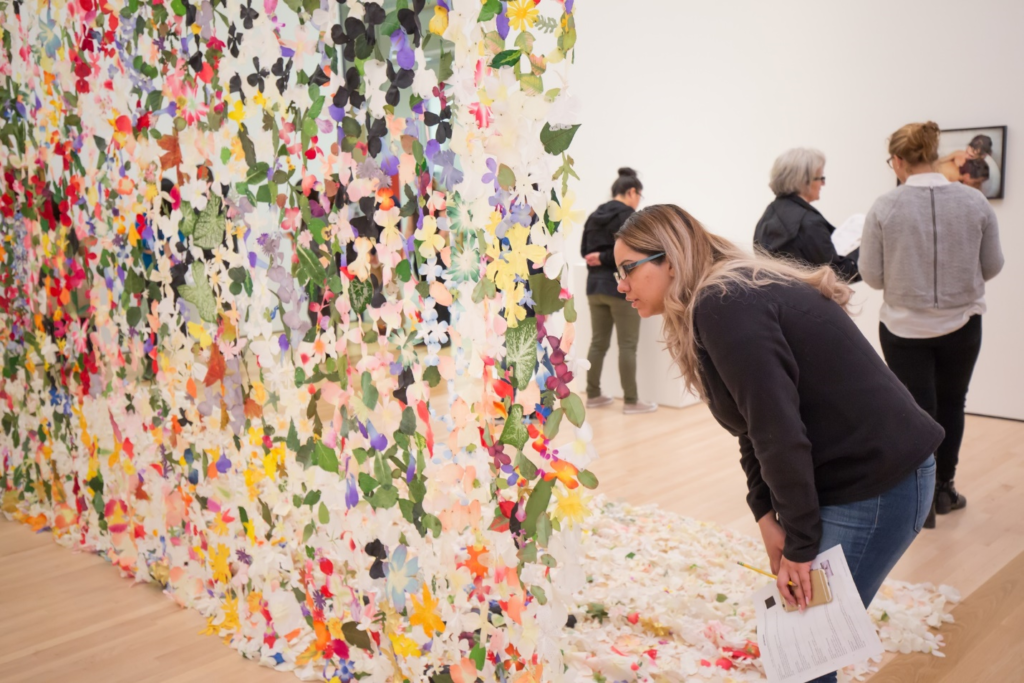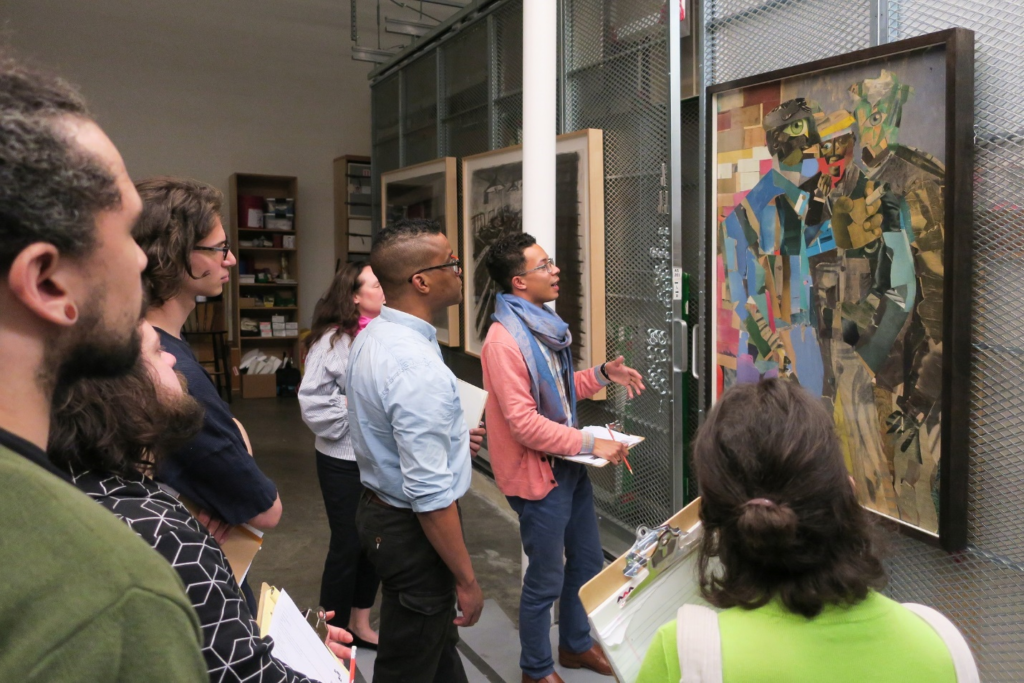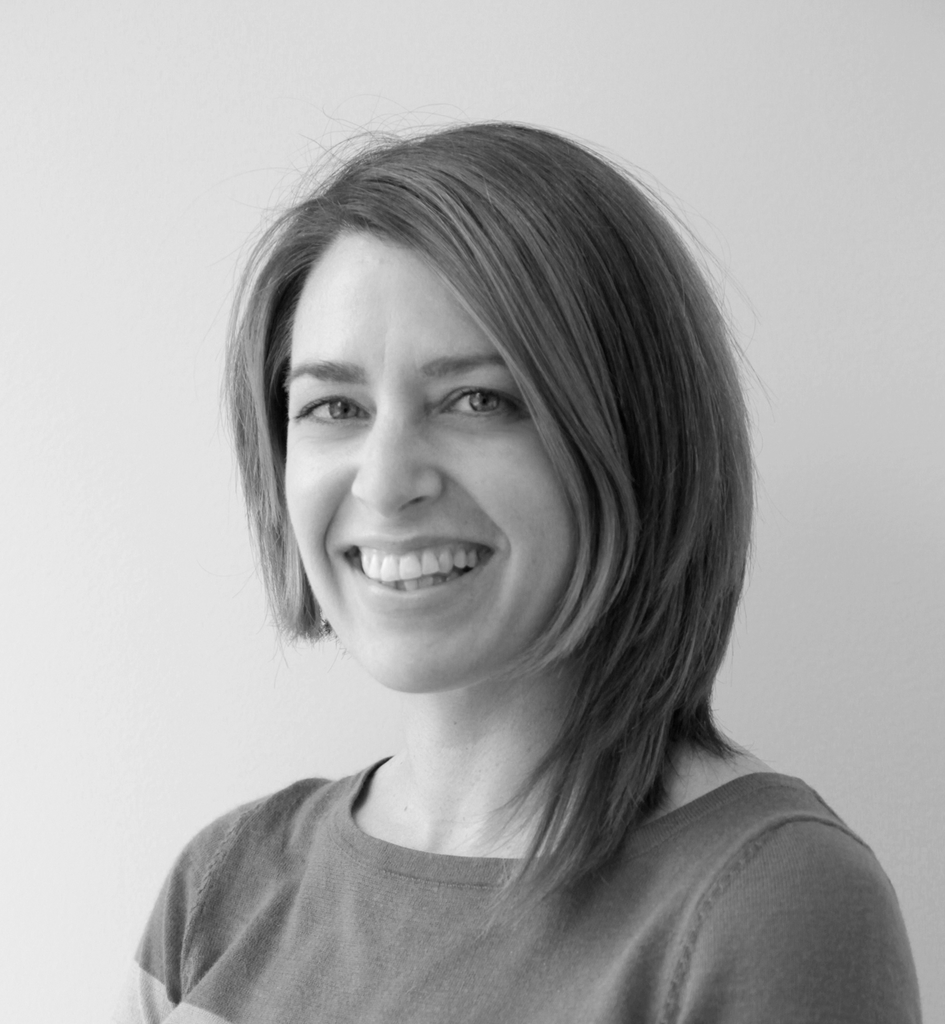Throughout the world, most major art museums struggle with the fact that only a small percentage of their permanent collection can be on display at one time. At SFMOMA, we add almost 1,000 new artworks to the collection every year, but our gallery space is finite. How can SFMOMA expand access to those thousands of unseen artworks in the permanent collection?
In fact, there are many ways to see SFMOMA’s permanent collection artworks. We create high-quality images of artworks and make them accessible online and in books; we loan artworks to other museums for display in their galleries; and we create art activities and lesson plans for teachers to use in their classrooms. SFMOMA also has research and study spaces within the museum and at the Collections Center for artists, scholars, professors, and students to research and teach with permanent collection artworks not on public view.
SFMOMA’s Collections Center is a collections care and research facility in South San Francisco that houses SFMOMA’s archives, and the museum’s collection when not on public view. It includes a full-scale mock-up gallery, conservation and photography studios, and a flexible space for lectures and receptions. Welcoming the Bay Area Higher Education community for object study sessions and tours is one of the most exciting activities here. The Higher Education Program Object Study Sessions allow faculty to curate their own gallery experience. Faculty choose a selection of artworks from storage; then Collections Center staff install those in our 1,300-square-foot mock-up gallery. This allows faculty to teach about art movements, artists, and themes from the SFMOMA collections even when they’re not on view in the museum’s galleries. We also offer Collections Center tours that are focused on behind-the-scenes work. Students leave the Center with a better understanding of the skills needed to work at a museum, and a new awareness of different types of museum jobs.
Another exciting aspect of the Collections Center Higher Education Program is staff and artist engagement. Local artists, and SFMOMA staff from a range of departments, meet student groups and co-teach with faculty. And it’s not just one SFMOMA employee or artist—up to five staff or artists often participate in each class visit, bringing diverse perspectives that help students understand the complex lives of artworks. This collaborative teaching model is taken from our Artist Initiative internal research engagements, which promote collaborative collections research on a variety of artists and topics.

Over the last several years, we’ve been amazed at the variety of artworks requested and the diversity of classes we’ve hosted. One standout class that returns to the Collections Center each semester is a CSU East Bay Medical Humanities course taught by Jason Smith. It focuses on how communities respond to health epidemics, using the artist community’s response to the AIDS crisis as a case study. After looking at works by Keith Haring, Nan Goldin, Felix Gonzalez-Torres and others impacted by HIV/AIDS, each student chooses a community and creates a project inspired by one of the artists.

Another terrific use of the collection was a recent Stanford Literature course, taught by Alexander Manshel that focused on Contemporary Narratives of Slavery. In addition to assigning a comprehensive selection of contemporary African American fiction by Ishmael Reed, Toni Morrison, Colson Whitehead, and Yaa Gyasi, Manshel worked with SFMOMA staff to develop a checklist for Object Study that included artworks by Kara Walker, Glenn Ligon, Betye Saar, and Robert Dawson. During the Collections Center visit, students recited passages from readings they felt connected with the artworks. SFMOMA staff were then able to build on student’s literary connections with art historical information.
We’ve also hosted classes exploring Asian American Art and Identity, Furniture Design, Architecture and Literature, Constructed Fictions, Art of the Arab World, Exhibition Design, and Curatorial Practices, to name a few.

These class experiences have helped SFMOMA staff explore areas of the collection in deep and meaningful ways. Some artworks originally selected for study have later been added to exhibitions in our galleries. Class visits have also influenced exhibition label copy by helping curators understand the questions students may have about an artwork, and what information resonates with viewers. Perhaps most important, these class visits allow SFMOMA to make more of its collection accessible and relevant to our community.
 Photo: Don Ross
Photo: Don Ross